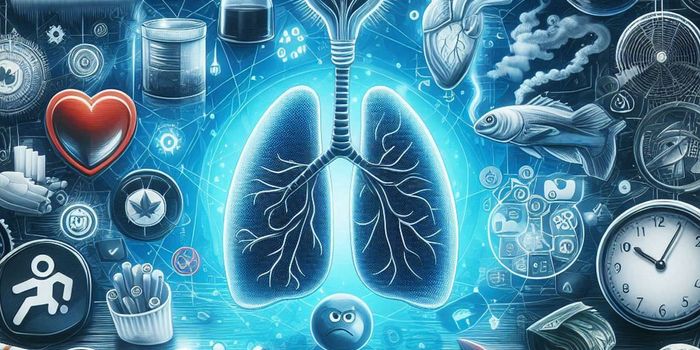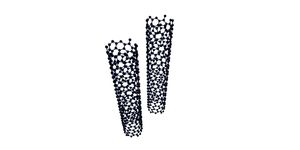A Close Connection Between Two Organelles is ID'ed
The cell has many specialized components that perform specific functions like an organelle called the endoplasmic reticulum (ER), which is made up of a folded network of sheets and tubes that help modify and create the proteins that are essential for life. The ER is known to rapidly shift and move so it can be where the cell needs it at any given time. Scientists have now learned more about how small droplets inside the ER called lysosomes help it accomplish its goals.
"It has been known that the endoplasmic reticulum has a very dynamic structure - constantly stretching and extending its shape inside the cell," said Dr. Meng Lu, a research associate in the Laser Analytics Group at the University of Cambridge. The ER has also been linked to neurodegenerative disorders.
"The ER needs to be able to reach all places efficiently and quickly to perform essential housekeeping functions within the cell, whenever and wherever the need arises. Impairment of this capability is linked to diseases including Parkinson's, Alzheimer's, Huntington's, and ALS. So far there has been limited understanding of how the ER achieves these rapid and fascinating changes in shape and how it responds to cellular stimuli."
Led by Professor Clemens Kaminski, Lu and colleagues used super-resolution microscopy to investigate small components inside the ER called lysosomes. Lysosomes look like little droplets, and they act like recycling centers; they can take up dysfunctional or damaged proteins and break them down so their parts can be reused. Lysosomes can also detect, send, and respond to signals in the cell.
At any time, there might be hundreds of lysosomes moving around the cell. In this work, the researchers observed that the ER’s shape and location appear to change in a way that’s linked to lysosomes. The researchers were surprised by this close relationship between lysosomes, which appear to act as sensors, and the ER, which responds to the cues the lysosome is detecting. Their findings have been reported in Science Advances.
"We could show that it is the movement of the lysosomes themselves that forces the ER to reshape in response to cellular stimuli," said Lu. "When the cell senses that there is a need for lysosomes and ER to travel to distal corners of the cell, the lysosomes pull the ER web along with them, like tiny locomotives."
"It is fascinating that we are now able to look inside living cells and see the marvelous speed and dynamics of the cellular machinery at such detail and in real-time," said Kaminski. "Only a few years ago, watching organelles going about their business inside the cell would have been unthinkable."
The scientists developed computational tools to analyze their data so they could understand how the lysosomes and ER were connected. They were also able to apply their techniques to neurons, which have long, thin appendages called axons that would seem to confound their ERs.
But this study showed that lysosomes can easily migrate along axons, and can drag the ER along with them. It seems that impairment in the lysosomes would disrupt neurons and neuronal growth. The researchers observed instances in which the lysosomes could repair broken pieces of the ER and maintain its continuous structure.
"So far, little was known on the regulation of ER structure in response to metabolic signals," said Lu. "Our research provides a link between lysosomes as sensors units that actively steer the local ER response."
This research could help scientists learn a lot more about the nature of some neurodevelopmental or neurodegenerative disorders. Many neurodegenerative disorders including Alzheimer’s and Parkinson’s are linked to the accumulation of damaged proteins.
"The discoveries of the ER and lysosomes were awarded the Nobel Prize many years ago - they are key organelles essential for healthy cellular function," said Kaminski. "It is fascinating to think that there is still so much to learn about this system, which is incredibly important to fundamental biomedical science looking to find the cause and cures of these devastating diseases."
Sources: AAAS/Eurekalert! via University of Cambridge, Science Advances








